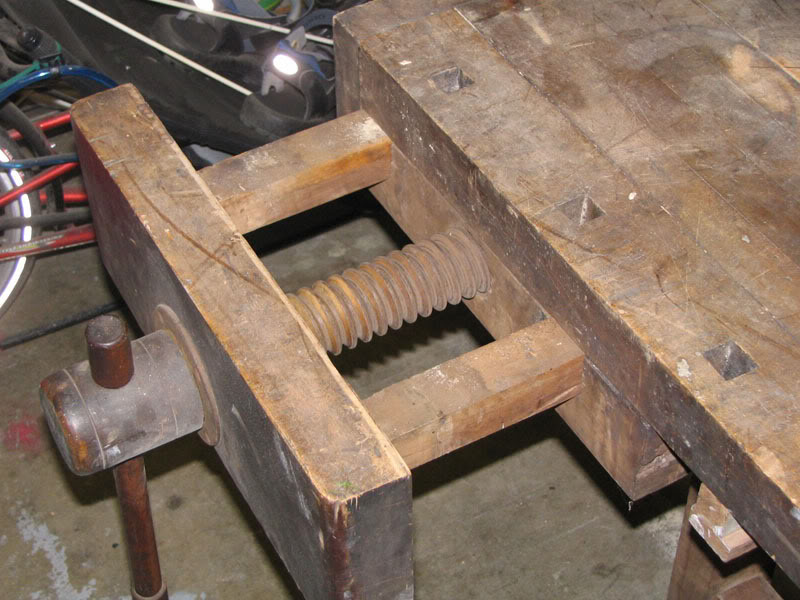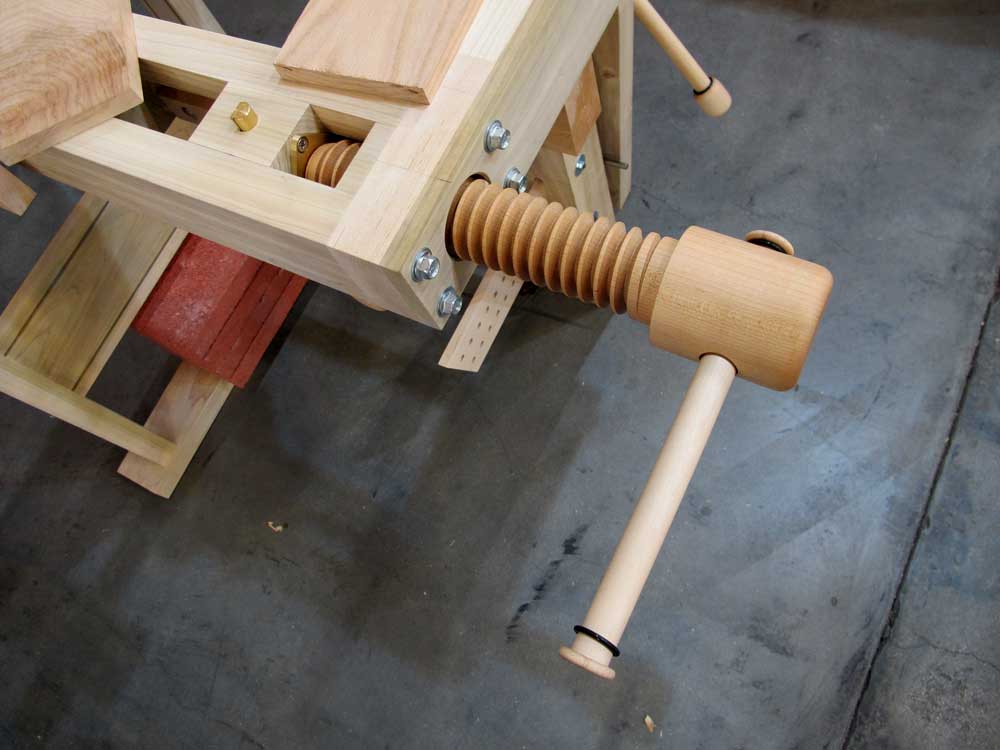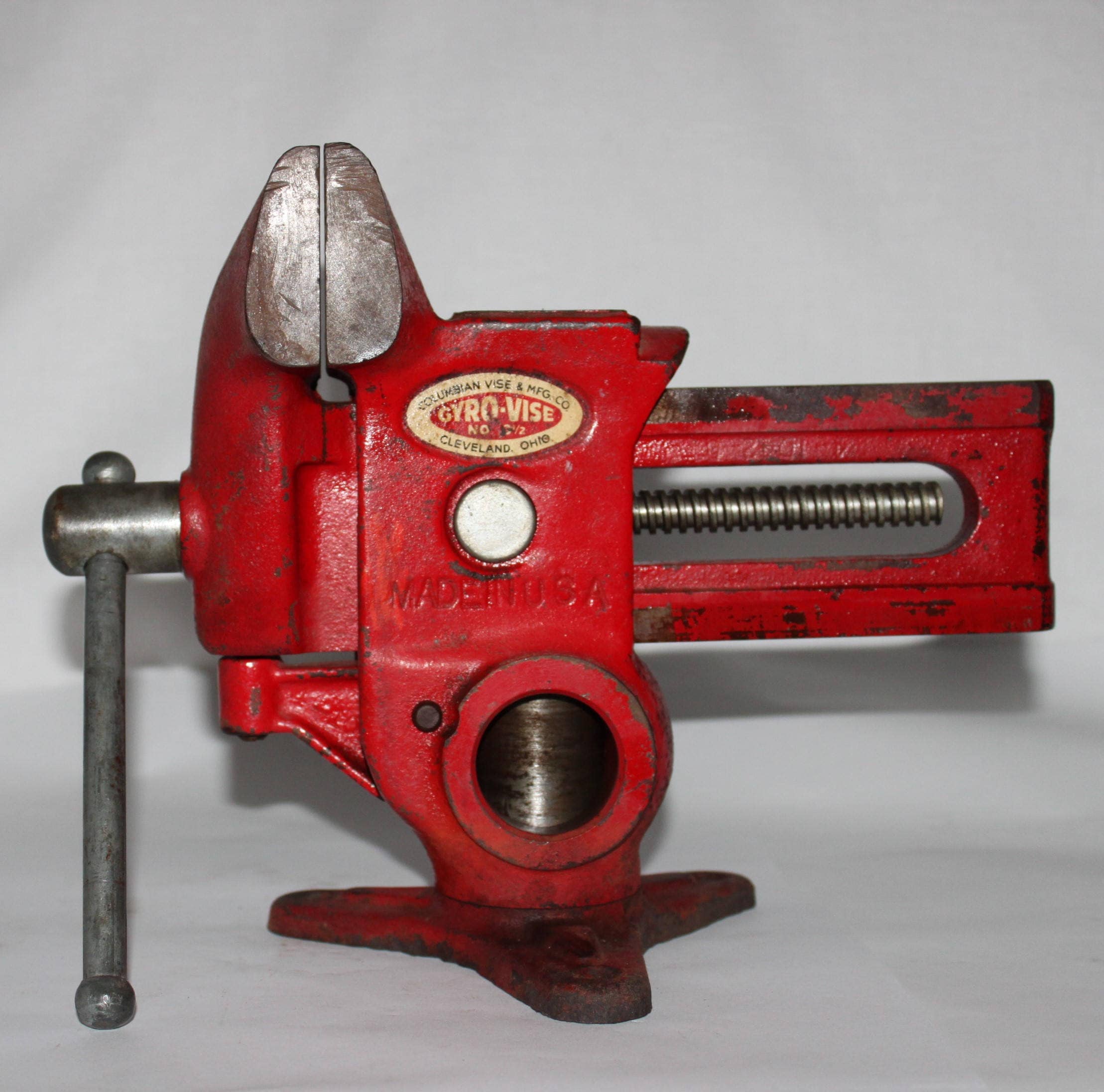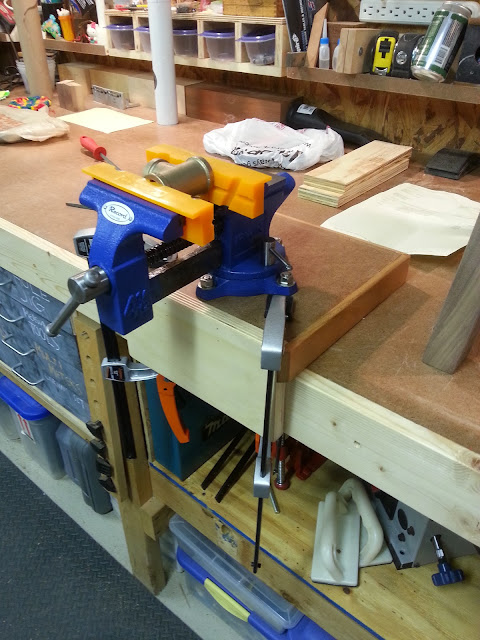 Wooden Vise Plans Easy-To-Follow How To build a DIY
Wooden Vise Plans Easy-To-Follow How To build a DIY
A woodworking vice is not an essential feature of this. Typically though we can expect to see two vices on a workbench today. One will be installed on the front of the bench, towards the left. We tend to call this the face vice. The second will be at the end of the workbench, on the right. We can refer to this as the tail vice.
Benchtop woodworking vises to use when mounting under the bench isn t an option. Cabinetmakers vises designed for disappearing into the side of the bench. Lastly, vises are subtly very customizable to your projects. Be sure to notice features like bench dogs that let you clamp wood in ways you didn t think of.
Woodworking vises differ from metalworking vises in that they attach to the bottom of the bench surface or are built into it, with typically wood jaws flush with the benchtop. Metalworking vises usually mount to the top of a bench. Woodworking vises vary in price from about 30 to as much as 400. Generally, once you decide on a particular style of vise, the more you spend, the better the quality and effectiveness of that vise. Now let s take a look at the most common types of vises
Woodwork Vises: a woodwork vise is a heavy-duty tool used for clamping large pieces of wood together. Professional woodworkers and manufacturing units usually use this type of vise. There are variations in the type of woodwork vises used. You usually attach a woodwork vise to the underneath of the workbench.
 Adjustable Bench Dogs Woodsmith
Adjustable Bench Dogs Woodsmith
 FOSTER WORKBENCH - using the VERITAS twin screw vise and
FOSTER WORKBENCH - using the VERITAS twin screw vise and
 Lake Erie Wagon Workbench Vise at WIA
Lake Erie Wagon Workbench Vise at WIA
 Vintage Columbian Gyro Vise No. 73 1/2 Smooth Jaw Vise
Vintage Columbian Gyro Vise No. 73 1/2 Smooth Jaw Vise

 Bessey Auto-Adjust Toggle Clamps Tool Review
Bessey Auto-Adjust Toggle Clamps Tool Review
 Workbench Vise and Mount Bushwoodworking.com
Workbench Vise and Mount Bushwoodworking.com
 bench grinder tool rest - by cyclops4069 @ LumberJocks.com
bench grinder tool rest - by cyclops4069 @ LumberJocks.com
 DIY - Making a Simple Bench Dog Wedge System Without a
DIY - Making a Simple Bench Dog Wedge System Without a